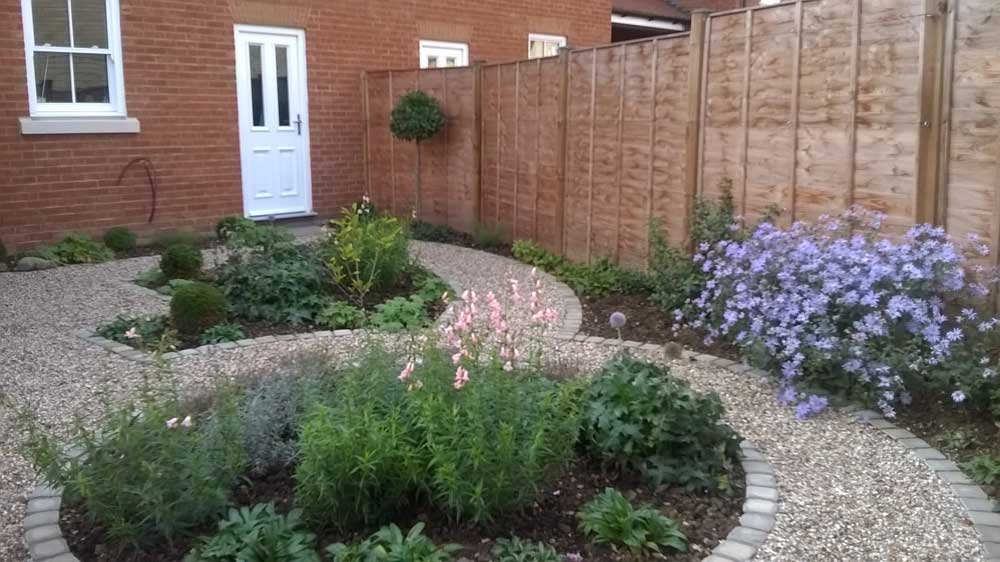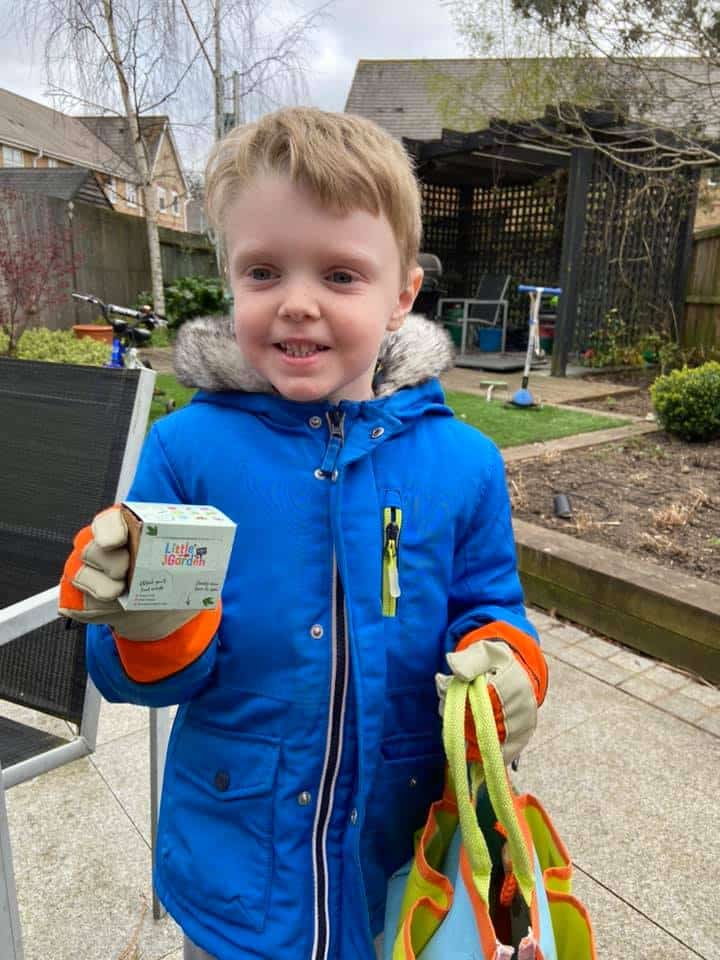01 Apr Homeschooling in the Garden – ideas for activities
Avoiding the coronavirus is keeping us at home for longer. But if you are lucky enough to be able to access a garden – no matter how small it is – we’ve got some ideas for homeschooling activities to suit children of all ages.
No matter how old any of us are, there’s always a chance to learn something new. Or to learn in a different way. Here are our ideas for lessons that really don’t feel like learning.
Ideas for homeschooling in the garden
Before we start…..
Your safety is important to us. Before starting any of these activities, please check current government guidelines on preventing the spread of Coronavirus and how best to apply them to your family and your garden to ensure that everybody is safe. Click here to read latest government advice
- Bug Hunt
- Spot the difference
- Treasure seeking
- Watch plants grow
- Blowing bubbles
- Paint a mural
- Design Your Own Garden
Bug hunt
How much wildlife does your garden support? Some would say that the health of a garden can be measured by the number of species that enjoy it.
How many different creatures can you find in your garden? Can you name some of them? Where are they living? Does the weather affect how many types of bug you can find? Can you find evidence of bigger animals (footprints, discarded food, nests, poo etc)
Top tip: A magnifying glass is a wonderful tool for bug hunting. If you don’t have one handy, use the zoom on your camera/phone to get a really good look at the creatures.
If your children enjoy bug hunting, why not expand the activity to build a bug hotel from bits and pieces found in the garden?
Spot the difference
This is a chance to highlight the different colours, textures, scents and sizes of plants in your garden. Ask your child to make a collection of different leaves and types of plant materials. Leaves, flowers and stems are all great – but try not to encourage them to pull up or decimate plants. You could use a digital camera to make a “virtual” collection.

There is a wide variety of colours, textures, growth habits and scents in a garden full of plants. At the time of writing we are in early spring….the ideal time of year to start measuring plants and comparing growth rates as part of your homeschooling in the garden curriculum.
Chat about what makes each plant different. Are the leaves smooth or furry? Stems can be round, square, woody or soft. Look at colours, markings and the way the leaves and petals are arranged on the plant. Depending on the age of your explorers, you might want to dissect some flowers to see what they look like inside.
The material you find is a great start to an art project. They can be used in a drawing or for a collage. Leaves with raised veins can be used for printing. Or how about some bark rubbings?
How a simple treasure hunt can become homeschooling in the garden
This is an activity that you can make as simple or as complex as you want to. In its simplest form you can hide “treasure” in the garden and ask the children to find it. If you want to add a layer of complexity you could give everyone a list of things to find. Eg A purple leaf, a feather, a daisy, a tiny stone …….adapt the list to your own garden.
If you really want to make this an educational experience, try using measuring and the points of the compass as clues to the treasure. Eg walk 10 metres North then 3 metres South East, next go 12 metres West then the treasure is somewhere in a 90cm radius of where you are standing.
Don’t forget to use height as well as distance. Your garden is 3-dimensional so encourage them to look upwards as well as on the ground.
Watch plants grow
There’s nothing I enjoy more than watching plants grow. As part of his homeschooling in the garden Oliver (aged 5) and I have been planting seeds. Some flowers, some vegetables. We’re going to be watching how they develop, taking measurements, and hopefully eating some of them too.

If you’ve not got space for a veg plot, what about growing some cress on the windowsill? It will be ready to eat in just a few days so it’s ideal for people with a short attention span.
One project that’s ideal for primary school children is to grow a bean in a jar. Line a glass jar with a thick layer of absorbent paper. Kitchen paper is ideal. Then slip a runner bean seed between the paper and the glass – so that you can see it clearly. Keep the paper moist – you may need to water it every day – and in next to no time you’ll be able to see the seed splitting and roots and seeds emerging.
Blowing bubbles
Everybody loves blowing bubbles.
I know, I know, it doesn’t sound educational. But it is. You can make a bubble mixture with washing up liquid and water. The wand can be constructed by twisting some wire into a loop.
The learning comes from experimenting with the ratios of detergent to water and with different wand sizes. What is the recipe for the perfect bubble?
Paint a Mural
I’ve suggested this as an outside activity, but it works just as well indoors provided you choose materials wisely to keep the mess under control.
Do you have an old roll of wallpaper in the loft? Most people have. Simply tape or pin it to a fence or a wall and let them create to their heart’s content. You might want to protect the ground with a tarpaulin.
No wallpaper? Coloured chalks on a wall are a very good alternative. And of course, once you’ve taken a picture to record the work of art, the chalk can be washed off. Great for hand-eye co-ordination, creativity, passing the time and using art materials in different ways.
Redesign the garden
Garden design involves lots of measuring, a good understanding of materials, plenty of imagination and a smattering of vision.
Ask your children to design their dream garden, based on the size and shape of your existing outdoor space. What features would they include? Where would they place them? How would they use colour? Which materials would they choose? Encourage them to colour in the design and label each feature. See if you can make the plan to scale.
When I’m designing I sometimes like to draw by hand, using a ruler and a compass to get clean lines. Other times, I find computer software helps me to place features and even to see them in 3D. Let your child experiment with different media.
A homeschooling in the garden challenge for you
Tapestry Design Studios want to use social distancing to celebrate all of the talented young garden designers out there….we know there are lots of you and that you have some great ideas
Please share your garden designs with us by uploading them to our Facebook page along with your first name, your age and where you live. (Make sure you have permission from your parents first though!). If you don’t use Facebook, you can email us your designs along with a note from Mum or Dad to say that they’re OK for us to share your designs on social media.
We’re going to show the world that Britain’s youngsters have got garden design talent.
Find Tapestry Design Studios on Facebook



Sorry, the comment form is closed at this time.